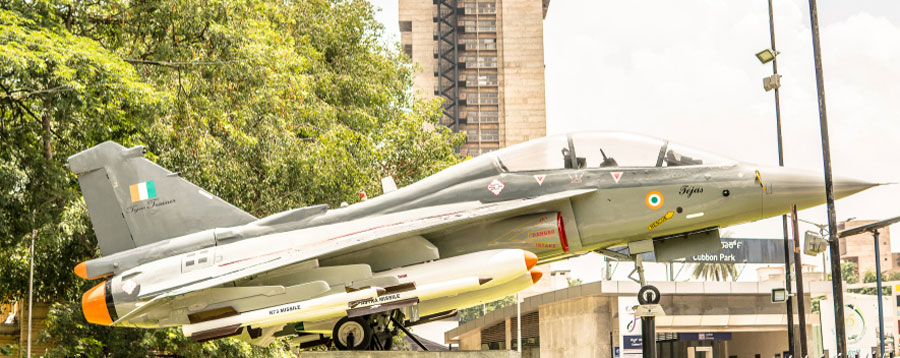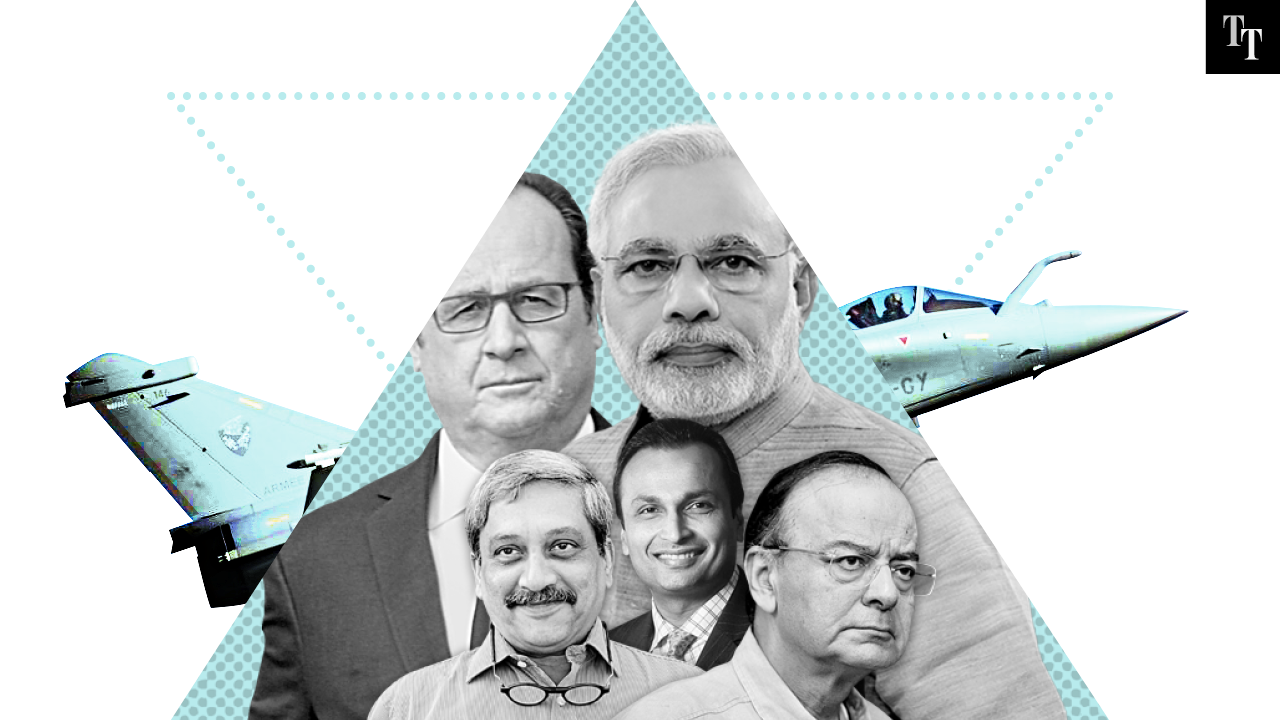The political controversy surrounding the procurement of the Rafale aircraft against a long-standing requirement of the Indian Air Force drew in its wake one more victim, with the president of the principal Opposition party addressing a gathering of past and present employees at the Hindustan Aeronautics Limited in Bangalore.
The three pillars on which national air power rests are the IAF, research and development and associated aeronautics’ manufacturing infrastructure and, to a lesser extent, civil aviation. The growth of HAL since Independence has been linked to that of the IAF: not only has the IAF been its biggest customer, but it has also provided test pilots, engineers, test facilities and three managing directors/chairmen who then moved on to become the chief of air staff. On the financial front, in the initial years, HAL billing to the IAF was on a cost plus basis. In later years, while fixed costs were quoted, HAL budgets were bridged by IAF and HAL mutually adjusting the annual man-hour rates to cover deficits.
As aeronautics and space activities expanded in the country, there was the welcome entry of private enterprises in the small and medium sector. This continues to expand with offset obligations for imports and Make in India efforts. HAL has been listed on the stock exchange and government holding diluted to nearly 90 per cent. These are welcome steps towards larger private ownership. In the long run, HAL must stand on its own to compete internationally, unshackled from the control of the ministry of defence and its dependence on the IAF, its one major customer.
The political debate surrounding the reasons why the previous proposal to manufacture Rafale aircraft at HAL was dropped has turned into one in which HAL finds itself on the back foot. The reasons why no agreement was reached are as follows: Dassault’s unwillingness to take responsibility for the quality of aircraft produced at HAL and, second, enhanced costs associated with HAL production man-hours being 2.7 times those of Dassault.
The MoD must bear the cross for both these issues. It speaks poorly of our self-confidence that we wanted the foreign supplier to guarantee the quality of indigenously made aircraft. Similarly, there is precedence for a multiplication factor to be applied for HAL production and this should have been anticipated. The debate has found HAL at the receiving end of unfair criticism on both counts. That two former chairmen have been compelled to go public in HAL’s defence speaks of the damage being done to the morale of its workforce.
Today, HAL stands disadvantaged because we have treated a modern aeronautics industry as a government department dependent largely on one customer. One example merits scrutiny. When the light combat aircraft project was launched, instead of tasking HAL that had a well-established aircraft design bureau, the MoD formed a society to undertake the task, ignoring the IAF’s views. The LCA’s troubled history has much to do with this ad hocism.
Similarly, during the heyday of the socialist economy, HAL was made to locate greenfield plants not on technical and commercial considerations but on the basis of social needs. The MiG-21 factory at Nashik, among others, is testimony to this.
We as a nation do not appreciate the value of the aeronautics’ potential that we possess in terms of human, technical and other resources that has been nurtured over the decades in HAL and associated facilities. Part of the problem is the lack of political or administrative understanding of the challenges faced by a modern aeronautics industry. The IAF, although sympathetic, has its compulsions of operational preparedness and cannot be expected to defer to HAL’s problems. The MoD, with no specialists in either field, understands neither and is content playing the role of the arbiter. The result is India’s continuing dependence on imports for airborne platforms.
There can be no ideological differences in the long-term objective of strengthening the pillars of national air power. Political sagacity can turn the present debate into an opportunity to put two pillars of Indian air power, IAF and HAL, on a sound footing for the medium term while preparing a strategy to achieve an aeronautics industry that will be internationally competitive. This, additionally, will contribute positively to the rapidly growing civil aviation sector and benefit from it.
India must demonstrate the political will to expand the current government-to-government agreement with France and revive and renegotiate the earlier proposal to build Rafale aircraft at HAL. This will help meet the IAF’s needs within a shorter time frame and enable HAL to upgrade its manufacturing standards and skills for a new generation of aircraft. Bipartisanship can evolve a strategic vision for aeronautics, the starting point of which can be the National Aeronautics Policy document submitted by the Aeronautical Society of India that was updated in 2004. Such an approach will let the international community know that India is united and determined to be amongst the best in aeronautics.












